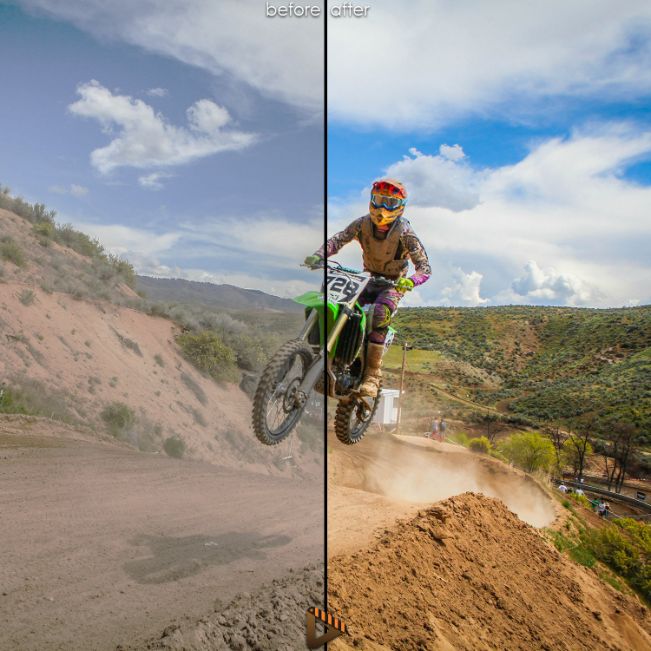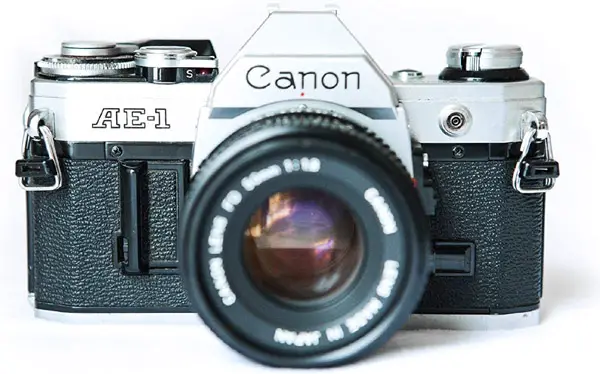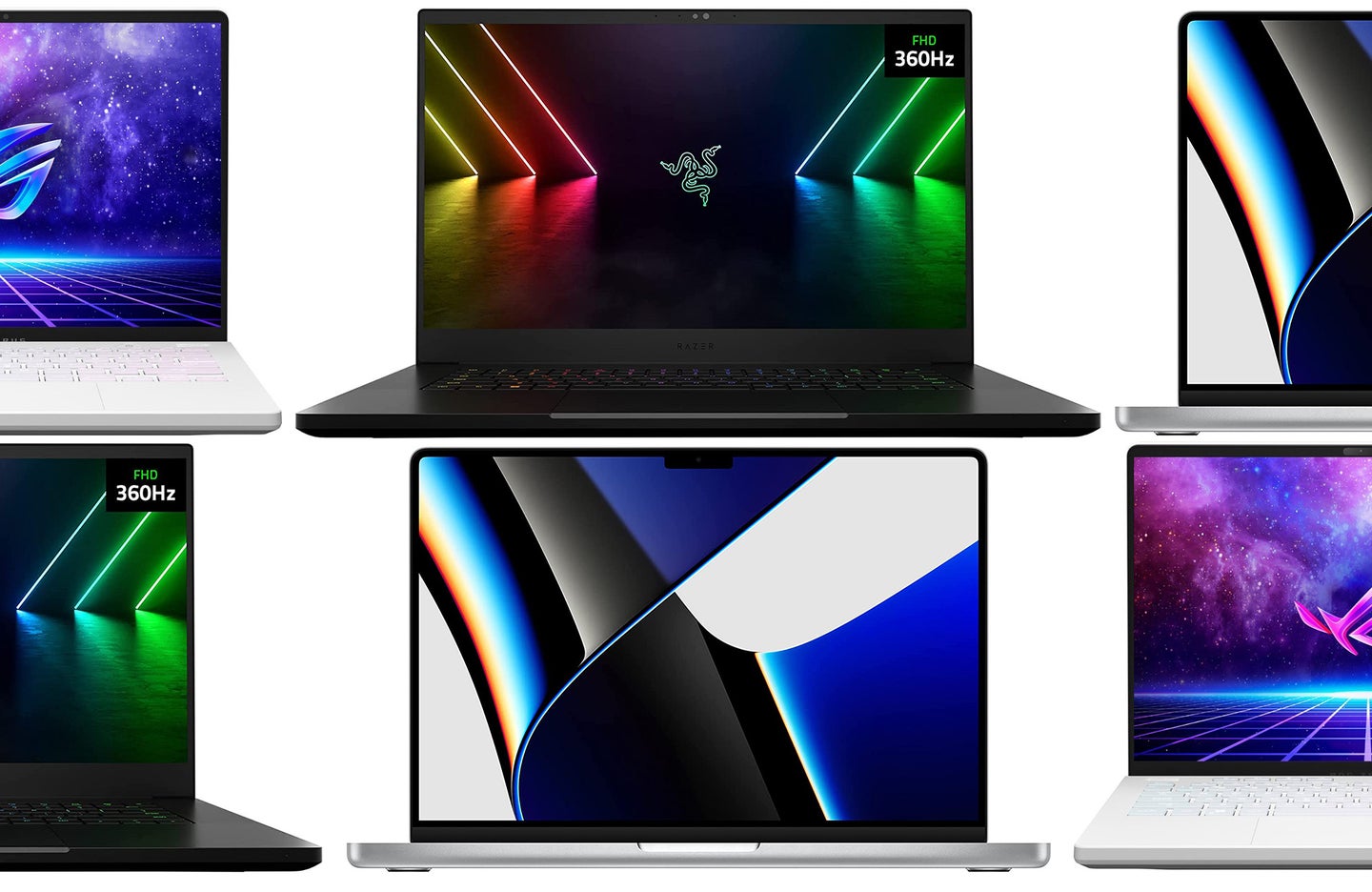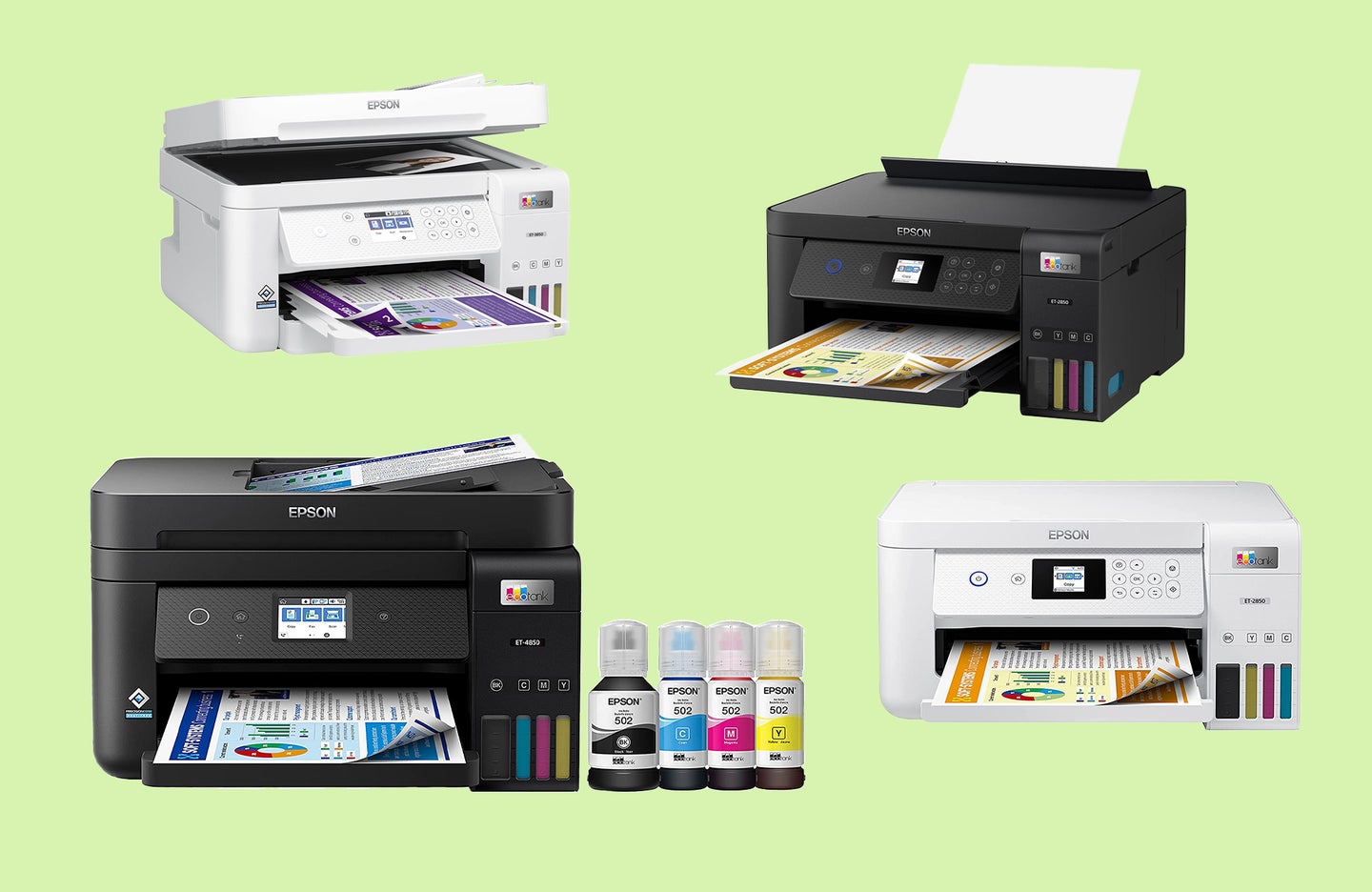Tips & Tricks

How to Write a Great Video Script (Beginner Guide 2023)
Tuts+PhotographyMaking a video is a fantastic way to connect with your audience, whether you want to demonstrate something visually, to tell a story, or to get a particular message across to your audience. Before you start filming though, you need to have a few things worked out, like a video script.
In this article, I’ll walk you through some of the key things you’ll need to know to get started with writing a script for a video.
What is a Video Script?
A video script is a written document outlining the content (including any dialogue) and structure of a video production. This can be as complicated or a simple as you like, it’s your production! Think of it a little like a map or blueprint for your film, it should contain everything you’ll see or hear on screen.
How to Write a Script for a Video
1. Know What You Want
This sounds obvious, but you’d be amazed at how many people don’t have a clear understanding of their intended outcomes or goals when it comes to video. When you know exactly what you want, you can tailor your script to have a structure and tone that meets those needs. To help with this, consider:
- Demographics: Who is this for? Think about things that might be relevant like age, gender, existing knowledge or expertise. For example, you’d make a very different video for a child than you would an adult.
- Outcomes: Do you want subscribers, click-throughs, comments, purchases, and so on. Identify the most important of these, don’t try to hit everything.
- Relevance: Why does your audience want or need this? Are you trying to teach them something, do you want to entertain them, why should they watch your video?
2. How to Write a Video Script Outline



Based on your answers to the questions above, you hopefully will now be in a position to write yourself an outline. This isn’t the script itself, but more the structure, a bit of a map to help you nail those key issues and get everything flowing well. Most scripts will include an introduction, a main section – the body – and a conclusion.
Introduction
This will set the whole tone of your video so you need to grab your viewer’s attention right away. You might do that by giving a brief overview of what you’ll cover, you might ask a question that the video will answer, or you may want to start with something funny or engaging; it’ll all depend on the type of video you’re making. I’ll go into more depth about the type of video you might be making in a little while.
Body
This is the main part of your script and you may even want to sub-divide this depending on how much you’re covering in your video. Here, you’ll address the key parts of your topic or story, and your main focus should be making sure this flows well and guides the viewer smoothly through the experience.
Conclusion
This is where you’ll recap or summarise what happened in the body of the script: what your audience learned, what was covered, or if it’s a fictional piece then this is where everything should be neatly wrapped up. The conclusion is where you’ll include your call to action if you have one: to follow you, to head to your online store, or to subscribe for the next instalment – you get the idea!
Once you have an outline and some bullet points, you can go back over your outline and start to fill out those sections with more detail. Before you know it, your script will be taking shape.
Visuals
As you’re padding out the different parts of the script, you can start to add in notes about what you might see visually at the same time. This could be things like specific camera shots, stuff happening on-screen, or it might be graphics and animations – basically anything your viewer will see!
There are lots of different script templates around but many of these just overcomplicate the process or lay it out like a Hollywood movie script, which is probably too much in most cases. As long as you – and anyone you may be working with – understand your notes, outline, and eventual script, that’s all that matters!
It could even be as simple as this layout:
| Narration | Visuals |
| Hey, welcome to Tuts+. In this video we'll walk you through how to write a video script! | Presenter is on screen, presenting to camera - a Tuts+ logo is in the bottom left corner. |
3. Be Clear
We can sometimes have a tendency to overcomplicate things when we’re in the middle of them, but remember your viewer may come to your video cold, so it needs to be easily understandable and relatable. That means keeping your language clear, concise, and audience appropriate. Slipping in technical terms or jargon can be off-putting to someone who has no context, so either be prepared to explain what it is you’re talking about, or simplify it.
A video is primarily a visual tool, so when you’re writing your script you need to think about pacing and how what you’re saying might fit with what you’re showing. Don’t cram too much information in – if you’ve got a lot of things that you have to include, try to mix it up with some graphics or charts, instead.
4. Storytelling



You may think that unless you’re making a fictional piece then you don’t really need to worry about storytelling, but building a narrative is a really important part of any video. Using storytelling techniques in your script can make it more compelling, and help your audience better connect with it. Here are some ways you can think about doing that:
- Personal anecdotes: when you're thinking about how to write a video script, adding real-life experience can add authenticity and help build an emotional connection, either to you, if you’re presenting or narrating, or to the story you’re telling.
- Examples: real-world examples can help to illustrate the ideas you’re presenting.
- Problem and Solution: in a nutshell, this means you present your audience with a problem or challenge and you then provide a strategy or insights to help overcome that particular issue. This creates a sense of purpose that helps guide your audience through your video, keeping them watching.
- Testimonials: either expert testimonials that fit with your subject, or testimonials from existing customers, can help add credibility to your video. They help with storytelling by adding a personal touch
- Progression: a better way to think of this might be ‘steps.’ Again, this is all about flow and guiding your viewer through the video at the right pace.
5. Practice and Refine



When your script is written, it can be really useful to read it out loud – what’s down on paper doesn’t always work when it’s spoken and this way you can catch any awkward phrasing or mistakes. You should also be thinking about your objectives again: does what you’ve written match with the needs you identified?
Try to refine your script, taking out any parts that don’t work well, anything that’s not adding to the content, and adding information you might have missed. It can also be useful to pass this on to someone who can be trusted to give you solid, objective feedback – we can become very blind to our own projects and sometimes it takes someone external to point out the obvious.
Editing Challenge - Make a Movie Trailer ONLY USING STOCK?
If you need a break from thinking about how to write a video script, why not try this challenge? Tom sets out to complete the video editing challenge set by Marco and the 'movie studio' to complete a movie trailer edit in 5 hours, live on stream!
Video Script Writing: Types of Videos
We can’t cover everything, but here are some examples of the type of video you might be making, which parts of the video script writing process will be important to focus on, and a suggested template to help get you started.
How-To and Explainer
How-to videos and explainers generally simplify a process, breaking down ideas and using a mix of narration or presentation, graphics, and animations in order to demonstrate that. A script for this type of video would need to be clear, concise, and engaging – making use of the ‘steps’ we talked about in order to walk your viewer through a logical process.
Example Template
How To – Step by Step Guide
This After Effects how-to template is a simple guide for presenting half a dozen steps, whether as part of a recipe, instructions for DIY, or something more educational. No plugins are needed and there’s a video tutorial included.
Reviews and Product Demonstrations
Similar to how-tos and explainers, they showcase features, benefits, and limitations of a product or services. Rather than meeting an end goal though, a review or product demonstration focuses more on key functionalities. When thinking about your script for this type of video, it’s important to put yourself in the mind of your audience, what are the most important points you need to cover, and what are the potential pitfalls someone might come across. Here you might look at a problem vs solution, style. Your call-to-action is also really important, so don’t throw it away at the end, make sure what you want your audience to do next is clear and decisive.
Example Template
Review Pack



A useful set of review templates for Final Cut Pro or Apple Motion, you can add star ratings as well as a brief summary of how you found the product or service.
Webinars, Education, and Seminars
These sorts of videos usually focus on one particular theme and offer a more in-depth look at that subject. This script means thinking very closely about your audience demographic and how the visual elements that you show will fit with what you’ve written. Testimonials could be used here to support what you’re conveying.
Example Template
Online Event Pack / Webinar / Online Conference



An After Effects template pack with everything you need for your event video, including multi-screens, presentation screens, schedules, lower thirds, and more.
Vlogs and Entertainment
If you’re making a ‘personality’ led video like fashion, music, or travel for example, then your script will need to focus on storytelling and personal anecdotes. It should be as engaging as possible and you’ll need to be extra mindful of the tone and pace depending on the subject of your video.
Example Template
Vlog Pack



A nice, bright, upbeat set of animations for your vlog. This After Effects template will be a great addition to your branding.
Documentaries and Fiction
It might seem strange to include non-fiction and fiction in the same section but there’s a lot of crossover; in particular, story-telling. Narrative is one of the most important parts of a script for either kind of video, and getting the pacing and flow right is essential too. Treat your video exactly the way we talked about for a script: a beginning, a middle, and an end. That way, your audience will stick with you until the end, and hopefully will follow you for more.
Example Template
Documentary
This cinematic After Effects template would work for either documentary or a fictional video. It comes in both longer and shorter versions, and you can just drag and drop your footage into the template.
Conclusion - Writing a Script for Video
Writing a video script can seem daunting when you’re looking at a blank page, but it really can be as simple as you need it to be. While more complicated productions might have time-codes and detailed shot lists, you can focus yours down to just narration and general structure if that’s enough for your video.
The most important thing is to know what you want, so with that in mind, think about the main points we discussed to get yourself started:
- Who is your audience?
- What are the outcomes?
- What information is essential to include?
Once you have a good handle on the basics, it’ll then be easier to start padding out what you’ll need to achieve them, and before you know it you’ll have the bones of your script. Remember to start with an outline, and use clear and simple language where possible. Next, you can start to think about what visuals might be shown, and how you can bring in important techniques like storytelling in order to capture your audience’s imagination and keep them watching.
Templates For Films of All Kinds: Envato Elements
We've given you some example templates in this article already, and you might like to know that they're from Envato Elements, where you can find thousands of video templates for any editing suite you use! For a monthly subscription, you can download as many templates as you like. You'll find tons of other video assets for you there too, like fonts, motion graphics, and audio.
Free Video Templates



Each month, Envato Elements offers some free video templates - so check those out and see what you can grab, too!
About This Page
This page was written by Marie Gardiner. Marie is a writer, author, and photographer. It was edited by Gonzalo Angulo. Gonzalo is an editor, writer and illustrator.

























